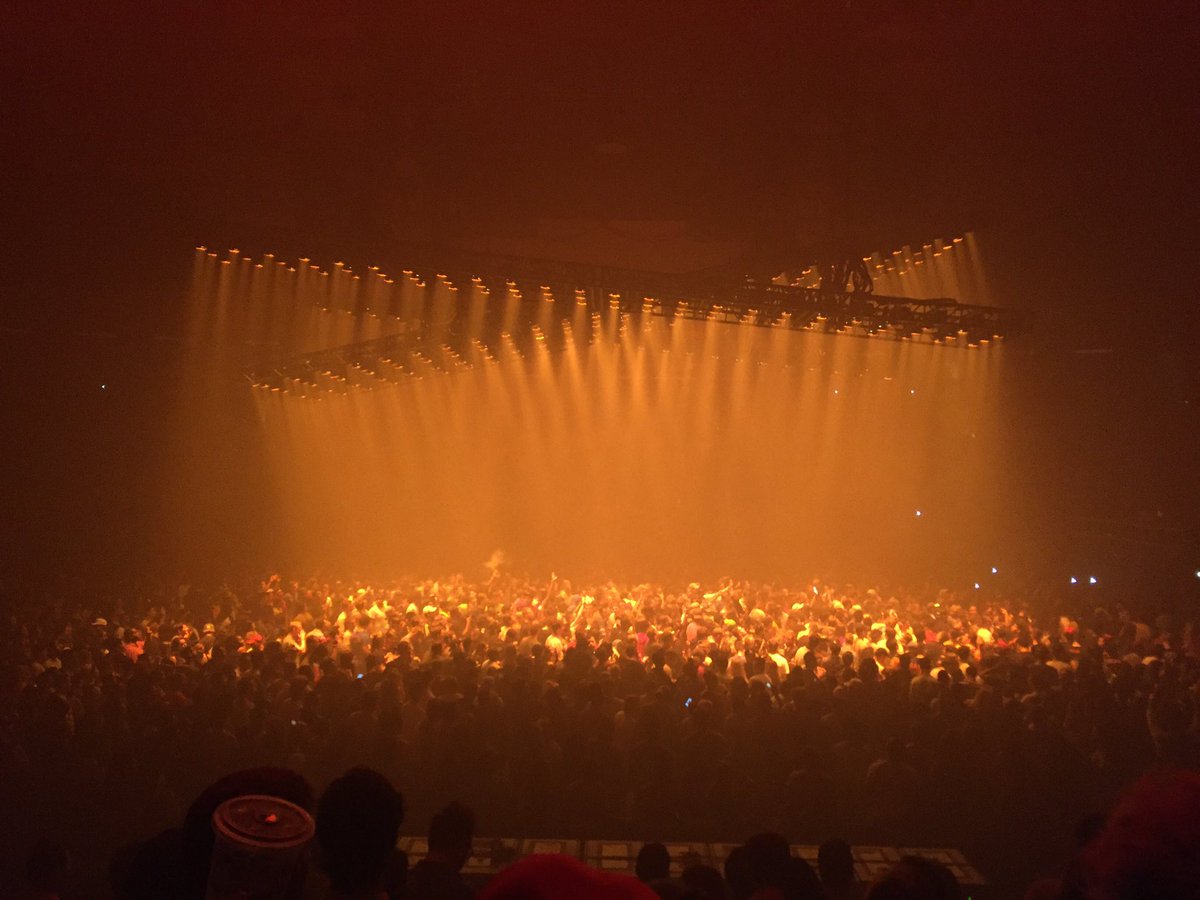It’s been asked and echoed for almost two decades now. And yet, the conversation has yet to leave the table. Hundreds of musicians have declared it so. Even Gene Simmons, the epitome of “rock icon,” has officially declared Rock ‘n’ Roll dead.
How is one to say that though? Who is one to officially declare an entire revolutionary genre dead? Well, on the surface, it can be easy to buy into. Just look at your Spotify’s top 50 viral US chart or whatever it’s called and list how many “bands” you see on there, or even the Billboard Top 100 chart (not you Greta van Fleet). But is that enough to actually declare a genre dead? Is the lack of mainstream album sales (or now “album equivalent units”) enough to disenfranchise a genre altogether? It may be simple to declare on the outside looking in, but it gets pretty complicated once you dig beneath the surface and into the details of it.
Technically speaking, what’s “dead” in terms of rock music is the dated look of rock’s music. Think of the leather-clad outfits of Judas Priest, which gave rock music’s real first “look,” all the way to the flamboyant colors of hair metal and plaid grunge. What we once considered the “look” of rock music has now become a rather uncomfortable, cringe worthy flash from the past. However, this is only the public’s idea of rock, their pre-conceived notion of rock. Rock and roll isn’t just music and loud guitars anymore. It’s about pushing things into the next realm, using tool sets in a different musical context. Something that, sadly, this generation doesn’t seem to have.
Take a look at Daft Punk for example. They may be considered “DJs” or “producers,” however, when I hear Daft Punk, I don’t hear electronic music. I hear a rock band with pop and funk influences, who happen to produce music with the tool sets they had available to them. And yet, they define their own look – helmets and leather suits. It may not initially sound or look like rock ‘n’ roll, but the same impulses are still there. I’m sure they grew up listening to Metallica and Kiss just as much as Nile Rogers and Chic, and I’m sure they tried playing traditional punk music at one point, but to no avail, because it had already been done. They wanted to create music people had never heard before.
Another example could be Radiohead, who have also stated that they’re not a “rock” band. As Thom Yorke put it, there are many things you can associate Radiohead with in terms of traditional rock stereotypes, be it doing drugs, music as a lifetime commitment, etc., but it’s difficult to say that what they make is considered “rock” music. And it’s easy to assume that, as they were thrown in with the whole Brit-pop mix. However, Radiohead never wanted to be associated with Brit-pop. They wanted to be Massive Attack. They wanted to, again, create music that had not been heard before.
However, a different genre has now taken the reigns of acting as the ultimate form of rebellion: hip-hop.
What was once considered “punk” has now taken a different form. Nowadays, you don’t see many mosh pits at rock shows as one used to. But if you go to a Kanye West show, or even a Playboi Carti show, you’ll be caught in a mosh before the music even starts.
So what happened? When did that shift begin? When did hip-hop and rap become the new punk? Perhaps because of two things: accessibility and attitude.
Punk was once considered what the Soundcloud hip-hop age is now – “naive” music that was made by whatever instruments that were available to you, which at that time, of course, were guitars. But all they needed was attitude along with that to get their message across, in which both genres got to the core of enraged adolescents.
However, how the guitar was once considered the symbol of rebellion has now become a playback track. But despite that, hip-hop shows have now become all atmosphere. It’s now a 50/50 mix with environment and music. How we once talked about the naivety of punk is exactly how we talk about the state of live hip-hop now. But above all else, it’s a passing of the torch to the next generation.
It’s hard to imagine the success of many artists today without the influence of rock ‘n’ roll. And yet, the influence spun from rock is found not necessarily in the exact DNA of today’s artists, but rather lies in their restless audacity. It’s not enough to wear the influences on your sleeve anymore, but how you reinvent it to make it your own.
And so, is Rock dead? No, it’s just… evolved. It’s not the rebellious music like it was once considered, but it’s just redefined itself. However, because of the different resources we have today, it’ll never sound exactly how rock did in the past, but a modified version of it. Everything’s been done before. However, everything that has been done before also, eventually, comes back into fashion.
